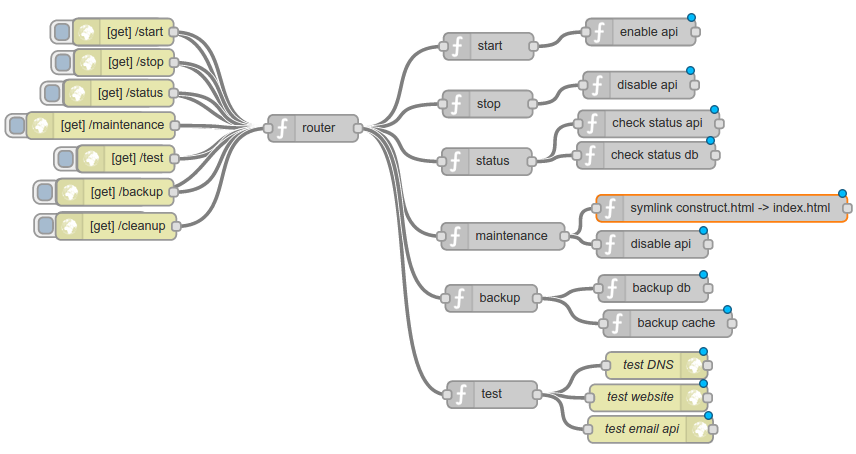EBH, emergency break hooks to minimize risks for your webservice
November 10, 2014The Problem
Developing a webservice is easy, but it’s tempting to overlook disaster-management. Maybe companies tell you otherwise, but every company experiences massive failures. If you are one of the developers who thinks “unittests will keep us safe”…well..read on.
We are humans, not Chuck Norris
“The software failed because our tests did not expect this unexpected situation”.
It doesn’t matter how pro you are, at some point you/your team will have to deal with bugs. This is a given fact, we make mistakes. That’s why this article promotes implementing emergency breaks, which allow developers to fix bugs painlessly. Best practice is to implement these from the start.
Modularity, from a designers dream to a developers nightmare
Creating scalable applications is great, but it can become out of control when there’s no central control (an EBH).
Example EBH
Here’s a basic set of emergency break hooks API:

Explanation
The flowchart above illustrates a ‘macro-api’. Basically it is your webservice exposed as an REST UNIX Daemon. On the left you’ll see api-entrypoints (the emergency breaks) which can be called thru Hubot or any other backend.
NOTE: when I use the word
componentit can meanfrontend,backend,api,esb,queue,serversetc.
- start - start all components using REST-calls
- stop - stops all components using REST-calls
- maintenance - in case of heavy problems: let API + website output a maintenance message
- cleanup - do REST calls to components (to clean up database, cache e.g.)
- test - emits REST-calls to all components, so they can run a few unittest to ensure basic integrity
- backup - emits REST-calls to all components, so they can write backup files e.g.
- status - allow all components to obtain the overall status (can prevent triggering test emails e.g.)
Conclusion
EHB traditionally exist as UNIX cli-commands, but can also be thought of as an REST macro-controller.

 © 2022. All rights reserved by Leon van Kammen under this
© 2022. All rights reserved by Leon van Kammen under this